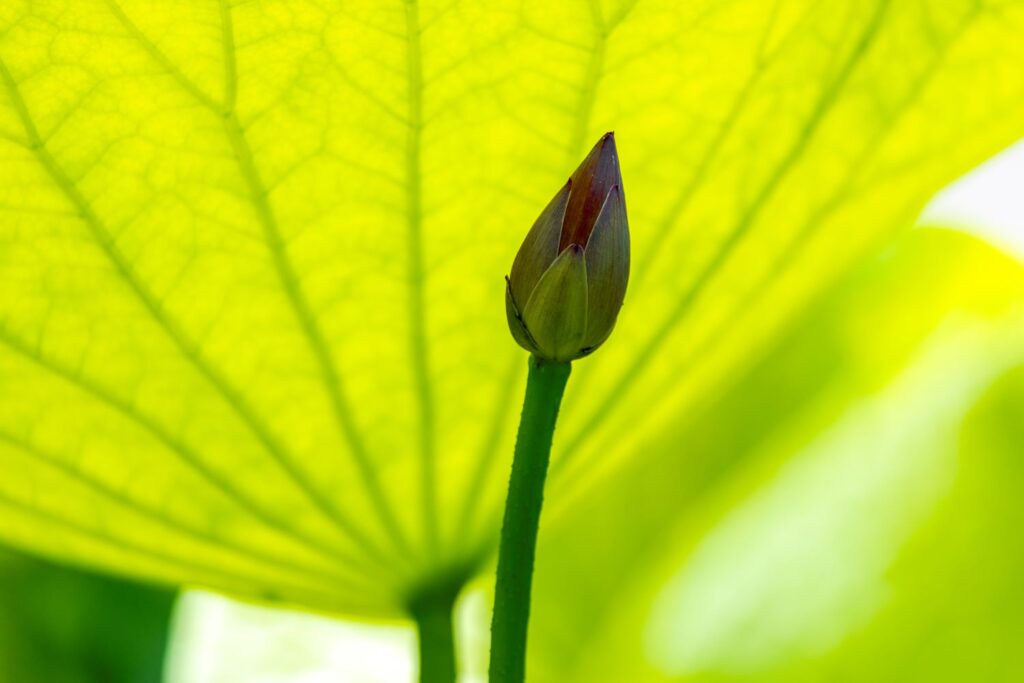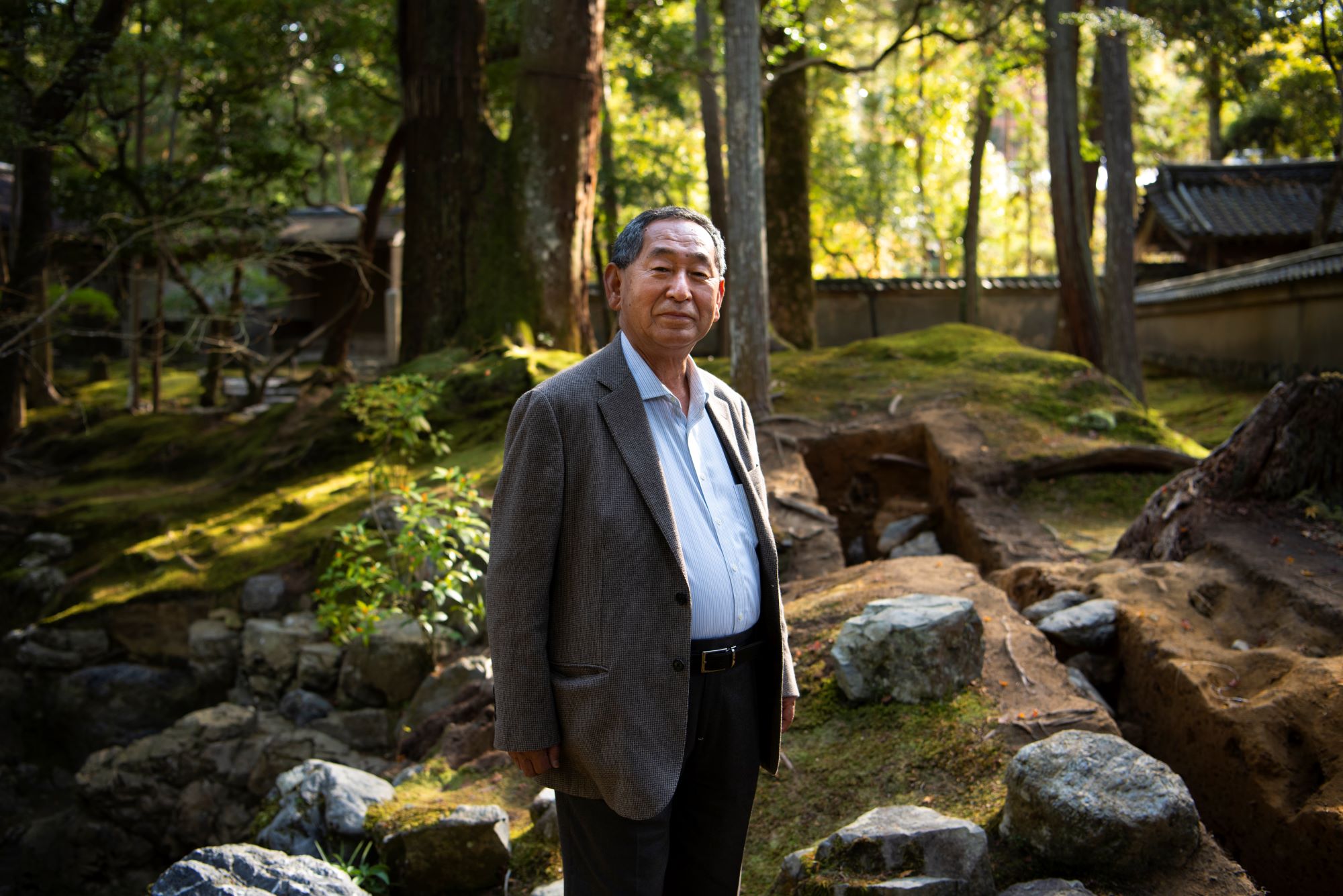2024.7.13
Five Seasons of Scenic Beauty chapter 3
Nakata Akira / Photographer
In most of the world there are four seasons, but here at Saihoji Temple, we count the rainy season as a separate season, so we have five seasons. Over the course of over one hundred visits, photographer Nakata Akira has captured the beauty of these five seasons at Saihoji. We hope you will enjoy the distinctively “Saihoji” moments immortalized in his work.
The Ancient Lotus

@Nakata Akira
It is summer, and Saihoji Temple is wrapped in dazzling sunlight. In front of the entrance, a pink lotus opens its petals to gently greet the visitors. In Buddhism, the lotus is said to bloom in Paradise. As a flower born of mud yet untainted by it, it has come to symbolize purity. The lotuses at Saihoji are ancient lotuses, which bloomed after germinating from seeds that had been found in the strata of B.C. The temple received some ancient lotus roots as a gift in 1958, and after years of painstaking cultivation, all of the stems flowered in the eighth year.
In 1951, paleobotanist and a lotus specialist, Oga Ichiro (1883-1965) dug 5.5 meters (18 feet) into the bed of the Kemi River in Chiba Prefecture, where he came upon an old dugout canoe lying buried in a layer of peat. The boat contained three lotus seeds, one of which miraculously germinated and flowered when Mr. Oga planted them. He sent both the carbonized canoe and the lotus seeds to the United States for carbon dating, which revealed that they were over 2,000 years old. The species of flower was named the Oga Lotus after its discoverer.
It usually takes around 20 days for the buds of a lotus to open, and once they begin to bloom, they only live for around four days. Once a lotus flower begins to open, it follows an internal biological clock that carries on ticking at its own pace, no matter what the surrounding temperature or light intensity. The flower reaches its maximum diameter on the third day, and as the fourth day dawns, the petals slowly begin to fall until the entire flower is gone by nightfall. As I observe the earnest flowering of the lotus, followed by the falling of its petals, leaving nothing but the pod behind, I recall the Zen expression mujo jinsoku, meaning “all things are transient, and rapidly so.”
Nakata Akira
Born 1951 in Kyoto.
A member of the Japan Professional Photographers Society (J.P.S). He is a famous photographer of landscapes, gardens and festivals on the theme of “Kyoto culture”, and has published several books.
His main publications are
“SAIHOJI SHIN JYUKKYO” (Saihokai Association),
“Going through the Tale of Genji”, “Kyoto’s Festival Calendar” (Shogakukan),
“KYOTO IMPERIAL PALACE, OMIYA / SENTO IMPERIAL PALACE”,
“KATSURA IMPERIAL VILLA / SHUGAKUIN IMPERIAL VILLA”,
“Kyoto Gion Festival”,
“Kyo Shun Kan” (Kyoto Shimbun Publishing Center),“Japanese Gardens: Kyoto” (PIE INTERNATIONAL), and more
* Unauthorized quotation or reproduction of the text and photographs in this article is strictly prohibited.





